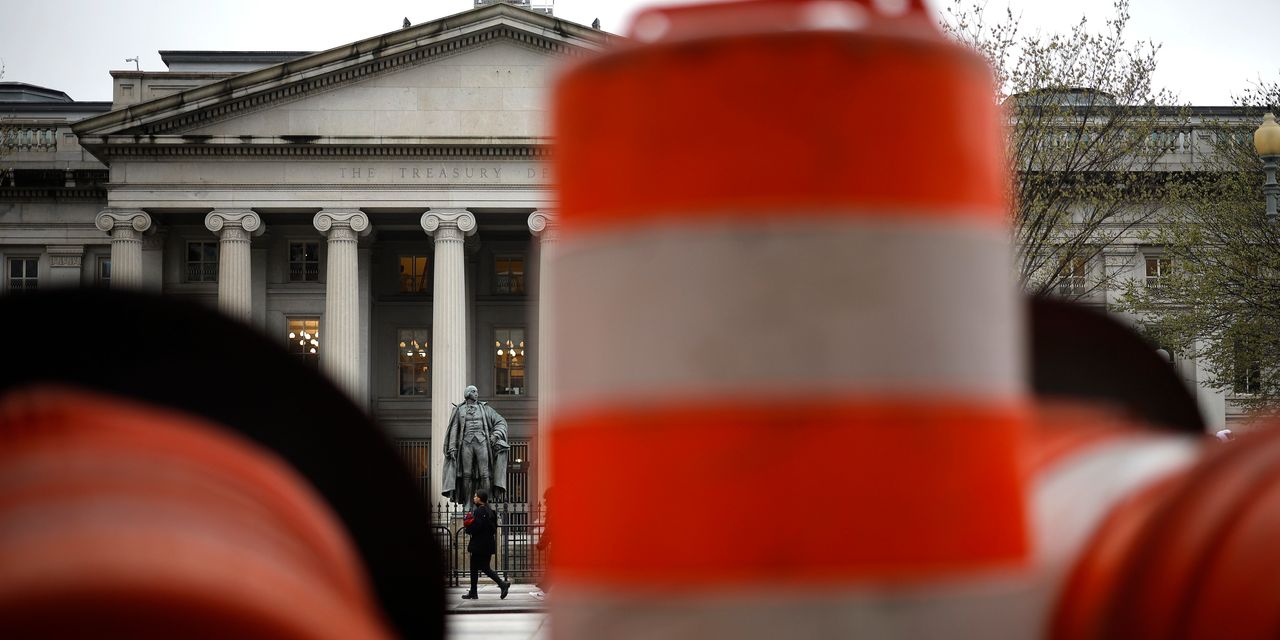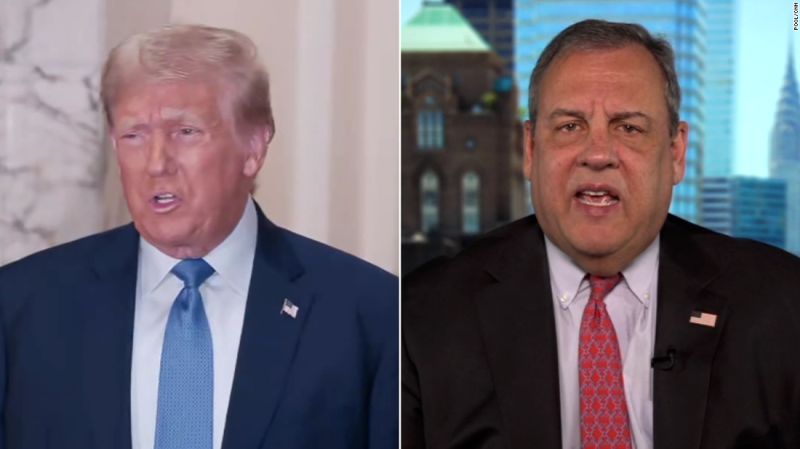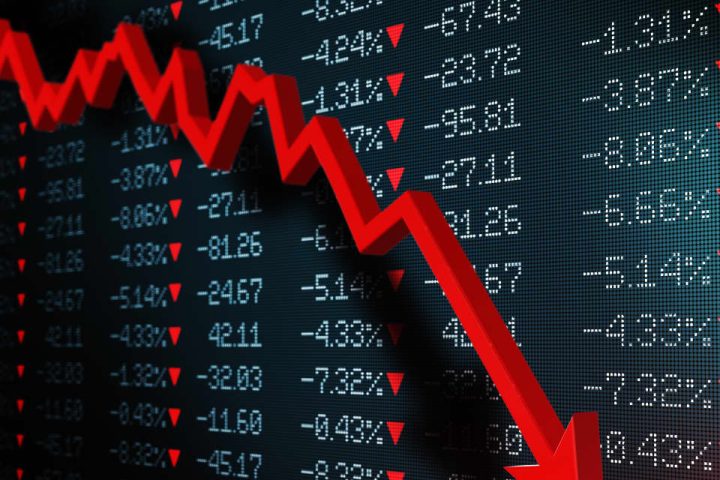The $26 trillion Treasury market has shown resilience this year, despite wild swings in stocks and bonds, a deluge of U.S. debt issuance and the Federal Reserve shrinking its balance sheet.
That’s a major takeaway from a progress report issued on Monday from staff at five U.S. regulatory agencies looking to roll out new reforms to enhance resilience and transparency in Treasury securities, the world’s largest and deepest debt market.
“By the end of September, the supply of bills increased by approximately $1.27 trillion versus end-of-May levels,” according to the report. “Over a four-month period, this represents the second-largest increase in history (behind 2020) in dollar terms and the third largest (behind 2008-2009 and 2020) in percentage terms.”
Yet, with heightened volatility and increased trading volumes, “indicators of stress remained within the historical ranges,” the report stated.
Markets have been on edge in recent weeks as the 10-year Treasury yield
BX:TMUBMUSD10Y
and 30-year
BX:TMUBMUSD30Y
rate, pegs for financing the U.S. economy, briefly shot up to 5%, a 16-year high.
The Treasury market still kept functioning, as it has this year despite fears erupting in March of a broader banking crisis, which led to volatility not seen since the 2007-2008 global financial crisis, as well as other scares. This year also has seen the near complete transition away from the scandal plagued London interbank offered rate reference rate, which has long been viewed as a potential destabilizing source for markets.
The report also provided more detail on the Treasury’s plans to start a new buyback facility next year with an aim to supporting market liquidity. It will allow holders of off-the-run securities the chance to retire older and less liquid U.S. debt in a programmatic way, starting with primary dealers.
The working group, which includes the Treasury, several arms of the Federal Reserve and the U.S. Securities and Exchange Commission, also seeks to enhance reporting by Wall Street dealers in the market, bolster public transparency on trading activity and require more disclosures by hedge funds in the sector.
Kent Engelke, chief economic strategist at Capitol Securities Management, said the proposed Treasury market reforms stem from the 2020 pandemic shocks, which briefly dried up liquidity and prompted the Fed to step in with a bazooka of support for financial markets.
But even before that, liquidity had been deteriorating for years as Wall Street banks stepped back in the wake of post-2008 financial reforms, Engelke said, while also noting the Treasury market has grown about fourfold from it roughly $6 trillion size in 2008.
Despite this year’s unprecedented volatility, however, crisis hasn’t occurred, Engelke said. “The system has been very stress tested and it has not broken.”
The 10-year yield was back to 4.65% on Monday, easing after the Treasury cut its fourth-quarter borrowing estimate and comments from Fed Chair Jerome Powell suggested higher bond yields might be doing some of the central bank’s work for it, in terms of taming inflation.
Stocks ended a choppy session with small gains Monday. The Dow Jones Industrial Average
DJIA
rose 0.1% and S&P 500 index
SPX
added 0.2% after flipping between small gains and losses, while the Nasdaq Composite
COMP
was up 0.3%.
Read the full article here







